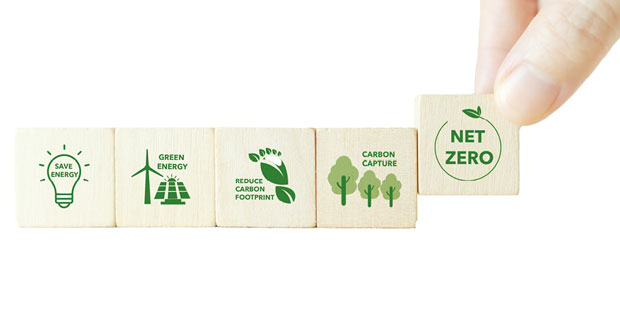According to the Chartered Institution of Building Services Engineers (CIBSE) as the sector works towards meeting sustainability targets and net zero commitments, the need for evidence-based approaches has never been more critical. What role do you believe technological innovation will have in helping FMs achieve their sustainability goals?
 CHARTERED INSTITUTION OF BUILDING SERVICES ENGINEERS’ VIEW
CHARTERED INSTITUTION OF BUILDING SERVICES ENGINEERS’ VIEW
ELLEN SALAZAR,
HEAD OF BUILDING SERVICES ENGINEERING, CIBSE
Driven by increasing energy costs, along with environmental awareness and a push towards net-zero carbon buildings, facilities managers are under pressure to achieve sustainability targets.
As our current information age matures, we see the advent of big data, machine learning, the internet of things (IoT), and artificial intelligence (AI) being applied to the built environment. Although data showing in-use performance of these new products can feel elusive, it seems clear that technology-driven building management and maintenance is coming into its own.
We already see how automatic meter reading (AMR) has automated the collection of metered energy data in buildings over the last decade. CIBSE offers a half-hourly data (HHD) tool, as a free download, for anyone wanting a simple yet powerful graphical interface to inform and enact evidence-based energy savings.
IoT-enabled equipment, along with AI algorithms, can assist FMs by optimising HVAC system performance to ensure comfort criteria are met, while reducing energy wastage, particularly out of hours. CIBSE’s Guide M6 Commissioning and Testing is currently being reviewed with a view to expand the guidance on digitally led maintenance, including life cycle performance, management and maintenance planning.
Dynamic simulation models can create ‘digital twins’ that allow FMs to explore the effect on the building’s energy and environmental performance by implementing changes both to the building systems as well as occupant behaviour, such as opening windows or switching off unneeded equipment.
And, of course, all of this information can be exported to the cloud and displayed on dashboards. These typically begin with high-level performance metrics, allowing the FM to drill down through increasing granularity to raw data that can be exported for off-line analysis.
There is a risk though that too many proprietary, stand-alone dashboards can create “dashboard dazzle” for an FM trying to make sense of all this information. Additionally, many of these new systems have high initial costs for equipment, installation, and commissioning, as well as ongoing SaaS costs for the cloud-based dashboards. Building owners and budget holders can often be skeptical of the benefits of new technology, particularly when the savings are longer-term or more difficult to quantify. Older buildings present additional challenges when attempting to retrofit ‘smart’ equipment, as the base building technology won’t necessarily be compatible.
Nevertheless, across the FM industry, technological innovation plays a pivotal role in supporting sustainability goals by enabling smarter, data-driven decisions. Tools like digital twins, AI-driven building controls, and granular energy monitoring allow facilities managers to better understand how buildings perform in real time, identify inefficiencies, and proactively optimise systems for energy and carbon reduction. As regulations tighten and sustainability expectations grow, embracing these technologies will not only be a competitive advantage but a necessity for achieving measurable, long-term impact.





